RSSI无线网络定位系统在医院中的应用
摘要随着社会的发展,确定位置信息显得越来越重要,一些产品诸如手机、平板电脑、汽车等,早已具备了定位的功能。定位技术在医院同样可以得到较为广泛的应用,如医护人员的调度、监控医院的特殊地点、监控特殊的病人和寻找特殊医疗设备等。基于ZigBee无线网络的接收的信号强度指示(ReceivedSignalStrengthIndication,RSSI)测距法由于其低成本,低功耗,无额外硬件,将其应用于医院定位是一种较为良好的选择。对于定位问题来说,提出一种定位精度高,实时性强,受环境影响小的算法,无疑具有重要的意义。针对上述问题,本文提出一种将引力搜索算法引入RSSI定位的算法,引力搜索算法对最优结果的...
相关推荐
-
我国基层财政困难的制度成因分析与对策研究VIP免费
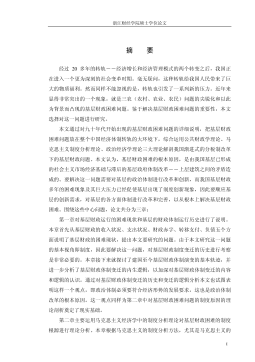
 2024-09-20 25
2024-09-20 25 -
我国煤电产业链纵向交易合约机制研究VIP免费
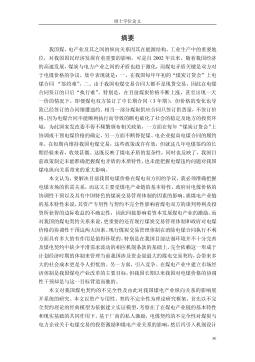
 2024-09-20 23
2024-09-20 23 -
生产要素视角下的上海市产业结构优化研究VIP免费
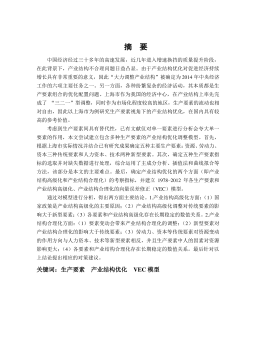
 2025-01-09 7
2025-01-09 7 -
我国银行业结构与经济结构关系研究VIP免费
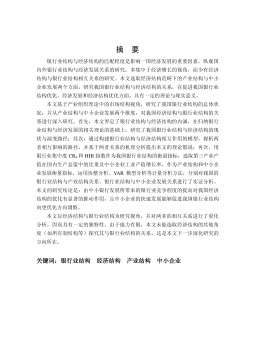
 2025-01-09 7
2025-01-09 7 -
大数据视角下农业供应链金融研究VIP免费
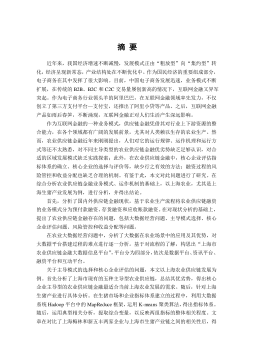
 2025-01-09 6
2025-01-09 6 -
跨国大型综合超市的规划研究VIP免费
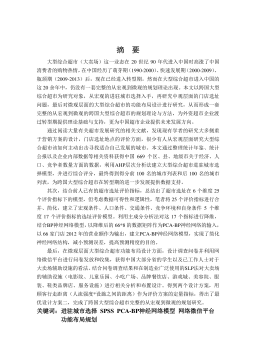
 2025-01-09 6
2025-01-09 6 -
跨境电商农产品质量安全问题研究VIP免费

 2025-01-09 6
2025-01-09 6 -
世界市场的虚拟化与我国国际电子商务发展方向研究VIP免费
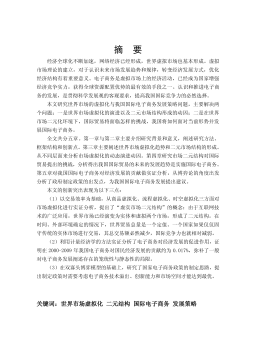
 2025-01-09 6
2025-01-09 6 -
中国政府对电力行业的价格规制问题研究VIP免费
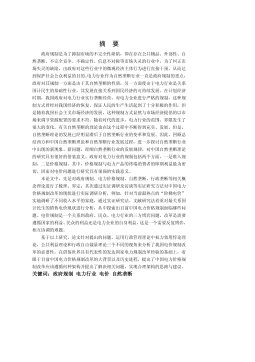
 2025-01-09 7
2025-01-09 7 -
中小企业信息化系统集成技术研究VIP免费

 2025-01-09 11
2025-01-09 11
相关内容
-

跨国大型综合超市的规划研究
分类:高等教育资料
时间:2025-01-09
标签:无
格式:PDF
价格:15 积分
-

跨境电商农产品质量安全问题研究
分类:高等教育资料
时间:2025-01-09
标签:无
格式:PDF
价格:15 积分
-

世界市场的虚拟化与我国国际电子商务发展方向研究
分类:高等教育资料
时间:2025-01-09
标签:无
格式:PDF
价格:15 积分
-

中国政府对电力行业的价格规制问题研究
分类:高等教育资料
时间:2025-01-09
标签:无
格式:PDF
价格:15 积分
-

中小企业信息化系统集成技术研究
分类:高等教育资料
时间:2025-01-09
标签:无
格式:PDF
价格:15 积分






